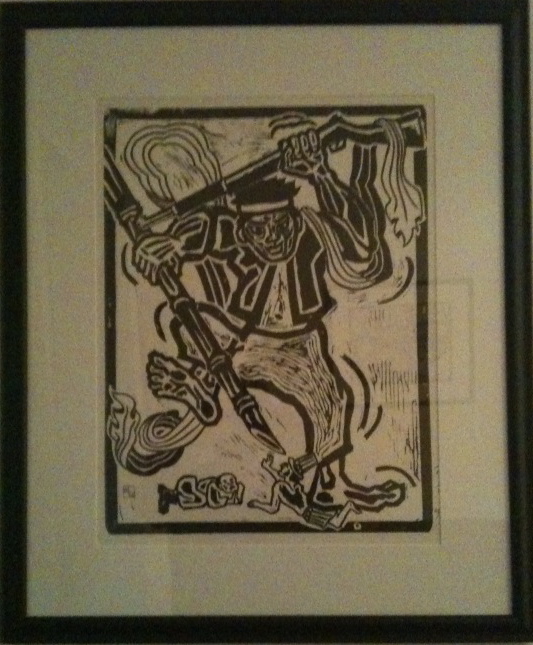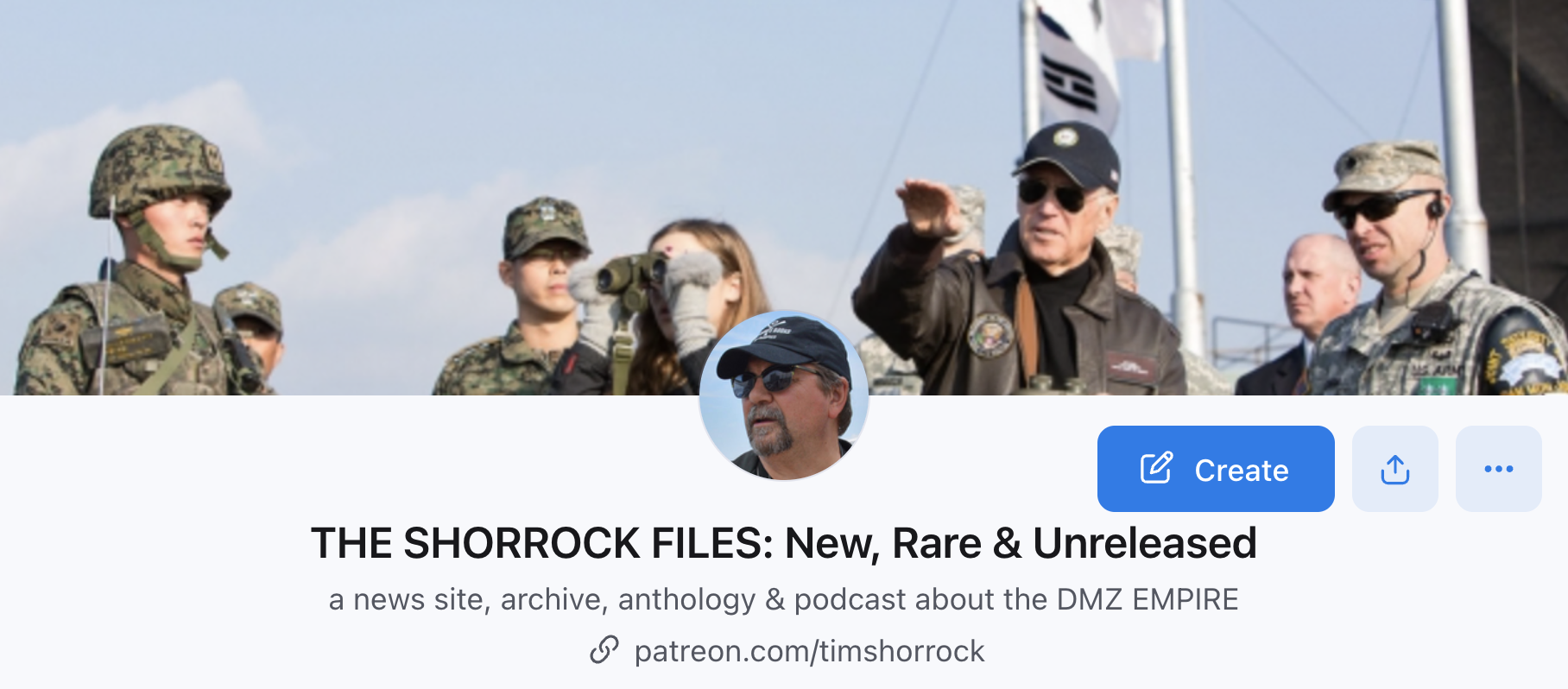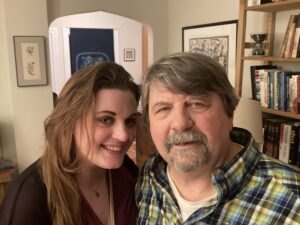The Lasting Significance of Kwangju:
Foreign Policy in Focus, June 1, 2010.
Last month marked the 30th anniversary of the Kwangju Citizens’ Uprising in South Korea, a pivotal event that inspired the Korean democratic movement through its ultimate victory in the late 1980s. In Kwangju, where hundreds died in the uprising against military rule, the event (on May 18th) was marked by solemn remembrances and the presence of political leaders from both left and right, including representatives of President Lee Myung-bak, South Korea’s most conservative leader in over a decade. But the event drew hardly a passing glance in the United States, which is South Korea’s closest ally.
The silence is understandable, because Kwangju represents U.S. foreign policy at its worst. The uprising created the most severe crisis in U.S.-Korean relations since the Korean War ended in 1953 and was the largest challenge ever to the US-backed South Korean military, which had effectively controlled the country since 1961 and had fought alongside U.S. forces in Vietnam. Yet the U.S. administration of President Jimmy Carter, despite its public commitment to human rights and its vocal criticism of Korea’s authoritarian government, chose the wrong side and supported that government’s decision to put the rebellion down with lethal force.
As a journalist, I’ve been intimately involved with Kwangju since the first days of the uprising. In May 1980, as a student activist at the University of Oregon, I helped distribute some of the first on-scene reports of the military atrocities in Kwangju smuggled out of South Korea by Christian human rights groups and American missionaries. Later that decade, I was one of the only journalists to visit Kwangju and document what had happened there. And over the course of the 1990s I obtained nearly 4,000 declassified documents that repudiated the official U.S. story that American officials and generals had no involvement in the events that led up to the rebellion.
To mark the 30th anniversary, I am releasing another batch of documents obtained under my initial Freedom of Information Act requests. They include nine key State Department cables that I first obtained in 1996 but were further declassified in recent years, and a collection of secret CIA reports on South Korea that took me over 10 years to obtain (they are heavily redacted, as readers will see).
Together, these documents augment my initial findings about the U.S. role in South Korea in 1980, which I first reported in 1996. The Carter administration, concerned that the crisis in South Korea could destabilize U.S. security interests and possibly trigger “another Iran” — a revolution overthrowing a U.S. ally — gave tacit approval to the Korean military to use force to put down student and worker protests, while warning generals not to use excessive force.
Then, when the Kwangju citizens fought back against military atrocities, the same officials approved the dispatch of Korean troops under U.S. command to put down the rebellion. Carter’s actions helped pave the way for nearly eight more years of repressive military rule in South Korea and triggered a wave of anti-American feeling throughout South Korea that persists to this day.
The new documents shed considerably more light on why Carter made his decisions. U.S. intelligence, despite a massive presence in East Asia at the time, completely missed the signs that South Korea was heading toward political warfare in the fall of 1979. By that time, 18 years of intense industrialization coupled with massive repression against labor organizers and student dissidents had produced a combustible mix that climaxed on October 26, 1979, with the assassination of dictator Park Chung Hee. His killer was the CIA chief who feared that Park was driving South Korea toward revolution…
To read on, click here.


